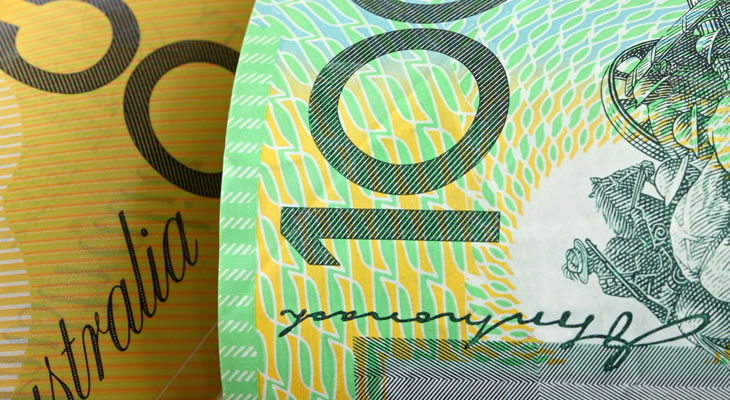Underwhelming Australian PMIs Fuel Pound Australian Dollar (GBP/AUD) Exchange Rate Gains
Disappointing Australian manufacturing and services PMIs helped to push the Pound Sterling to Australian Dollar (GBP/AUD) exchange rate higher ahead of the weekend.
As both sectors showed a contraction on the month in February this fuelled fresh anxiety over the outlook of the Australian economy, especially in the face of renewed worries over the impact of Covid-19.
This weakness may prompt the Reserve Bank of Australia (RBA) to adopt a more dovish outlook in the coming months, raising the odds of a potential interest rate cut.
With markets adopting a cautious view the Australian Dollar (AUD) was left to trend lower across the board on Friday, lacking the support of any risk appetite.
Increasing worries over the health of the Chinese economy also put pressure on AUD exchange rates, given that the antipodean currency commonly acts as a market proxy for the world’s second largest economy.
Surprise UK Manufacturing Growth Shores up Pound Sterling Exchange Rates
A better-than-expected UK manufacturing PMI offered additional support to Pound Sterling (GBP), meanwhile.
Although forecasts had pointed towards the sector sinking into a state of contraction in February the index instead climbed from 50 to 51.9.
Coupled with another solid monthly performance from the services PMI this gave investors incentive to buy back into the Pound as the risk of a weak first quarter gross domestic product appeared to diminish.
However, the GBP/AUD exchange rate could struggle to hold onto its positive footing for long as anxiety over upcoming UK-EU trade negotiations picks up.
With the two sides still looking significantly at odds over key issues the lingering threat of the transition period ending without a new trade agreement could weigh on the Pound for some time yet.
Tuesday’s CBI reported retail sales index may also drag on GBP exchange rates if consumer spending fails to show signs of picking back up.
Rebound in Private Capital Expenditure Forecast to Boost Australian Dollar
The mood towards the Australian Dollar could improve next week, however, if the fourth quarter private capital expenditure reading improves as anticipated.
After the -0.2% decline seen in the third quarter markets are hoping to see evidence of renewed confidence within the private sector, pushing expenditure back into positive growth.
Stronger levels of private investment could encourage a less pessimistic view of the Australian outlook, temporarily diminishing fears of a potential RBA interest rate cut.
Any evidence of greater resilience within the Australian economy may put a floor under AUD exchange rates, given RBA Governor Philip Lowe’s stated reluctance to cut interest rates.
However, as long as the risk of further economic disruption from the ongoing Covid-19 outbreak lingers this could limit the potential for AUD exchange rate gains.


Comments are closed.